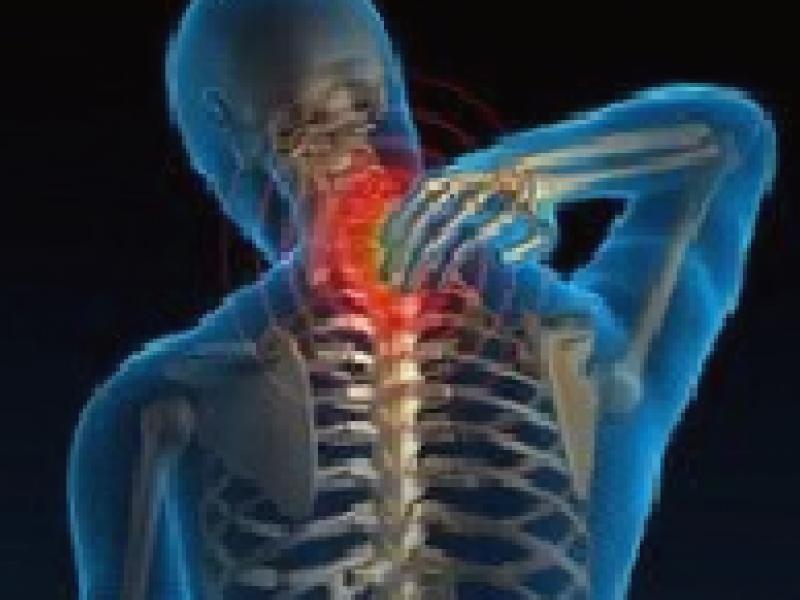
Today, many people suffer from neck pain at least once in their lifetime. It can spread to the chest. Generally, the patient’s neck movements are limited, numbness spreading to the arm and hand, weakness in the hands, dizziness, drowsiness are the other complaints that are frequently mentioned together with pain. The diseases that cause neck pain are very diverse. These include osteoarthritis (calcification), neck hernia, myofascial pain syndromes in the neck spine, pain that develops due to overuse and injury. Neck pain is common among desk workers and computer users. The frequency of pain increases with age, especially in women.
What Should We Do?
Your posture should be straight, your neck-back area should be strengthened, your neck should be protected from impact and repetitive stress. We should eat a balanced diet and increase our daily physical activity.
For Desk Employees
While sitting at the desk, you should take frequent and short breaks and stand up. It is important to do short walking and stretching exercises.
You should adjust your chair at the level of your hips slightly higher than your knees, the head and neck should be in the correct position.
Generally
We should not sleep with very thick pillows. Lying on your back can increase your neck pain and limitation, so it is better to lie on your back or side.
You should avoid activities that will keep your head down for long periods of time.
Stretching and strengthening exercises for the neck are important to prevent recurrence of pain in the long term. We should take walks for your general health and, if possible, swim for our spine health.
Treatment of Neck Pain
In the treatment of neck pain, it is best to first diagnose the source of the pain and plan the treatment in line with this diagnosis. The source of some neck pain may be neck hernias or tumors. Some cases of neck hernia can be healed by non-surgical methods such as drug therapy and physical therapy. However, surgical treatment is applied in cases such as deterioration in bladder and bowel functions, progression of muscle strength and sensory defect despite appropriate treatment, and pain due to nerve root compression cannot be relieved by other treatment methods.
Physical therapy: In many people, neck pain can be improved with physical therapy. In Physiotherapy, it is aimed to relax muscles and relieve soft tissue pain by taking advantage of the physiological effects of heat, cold and electrical stimulation. Traction methods can be used to reduce nerve root pain and pressure.
Drug therapy: Pain relievers, anti-inflammatory drugs, muscle relaxants, sleep regulators and antidepressants can be used for neck pain. Medication must be prescribed by a physician.
In some patients, manual spinal mobilization and manipulation treatments are also very satisfactory. However, it must be applied by trained and experienced physicians. Injections into the soft tissue or neck joints or epidural space are also beneficial in suitable patients.
A collar can be given for neck pain, especially in acute neck injuries. Short-term use is recommended as weakening of the neck muscles and limitation of neck movements may develop in long-term or continuous use.
Rehabilitation: Regardless of the treatment applied, the neck exercise program arranged by the doctor for a permanent recovery is the basis of the treatment. The exercise program is arranged separately for each patient. corrective exercises, neck muscle stretching exercises and neck muscle strengthening exercises are applied.

